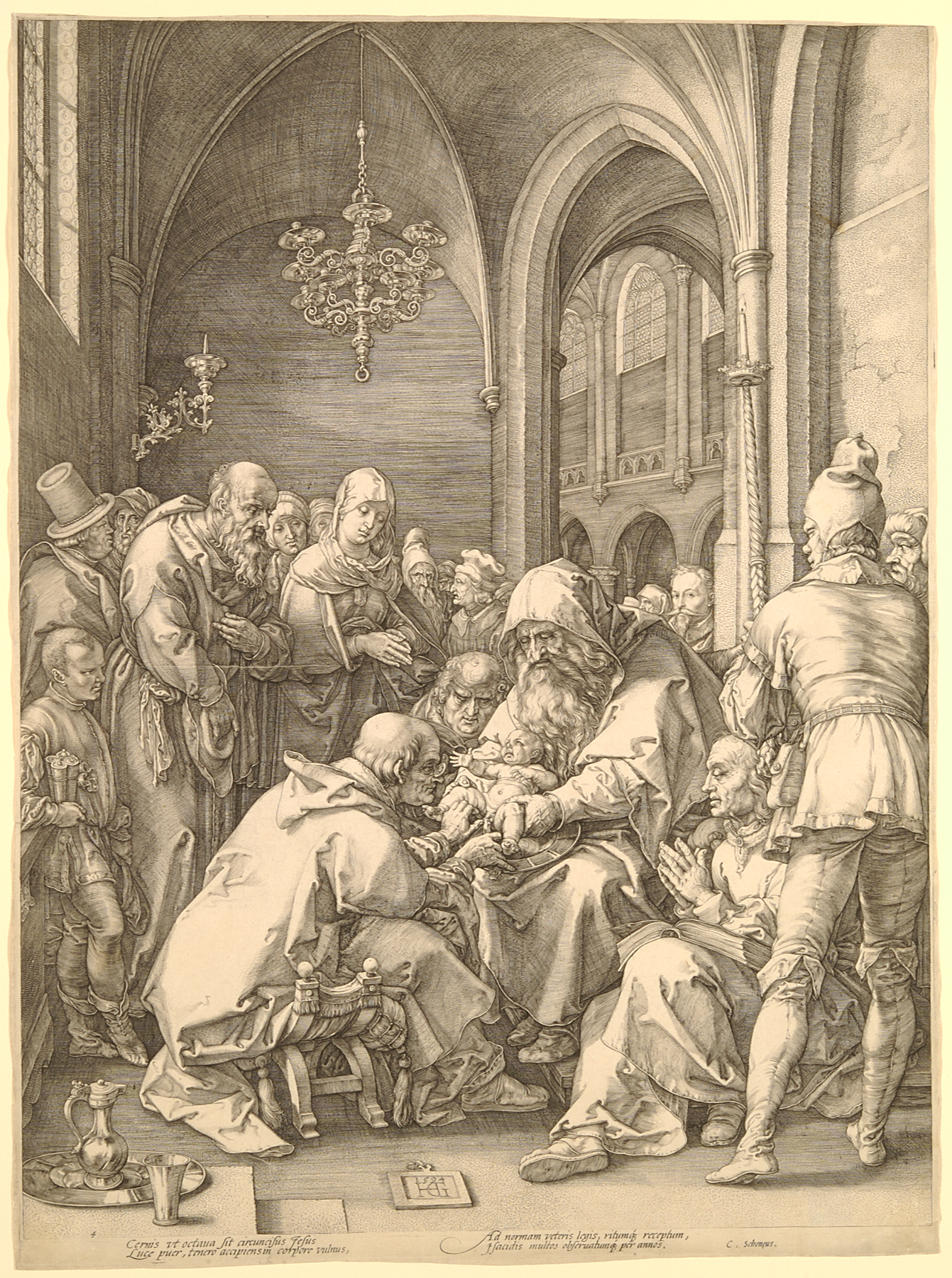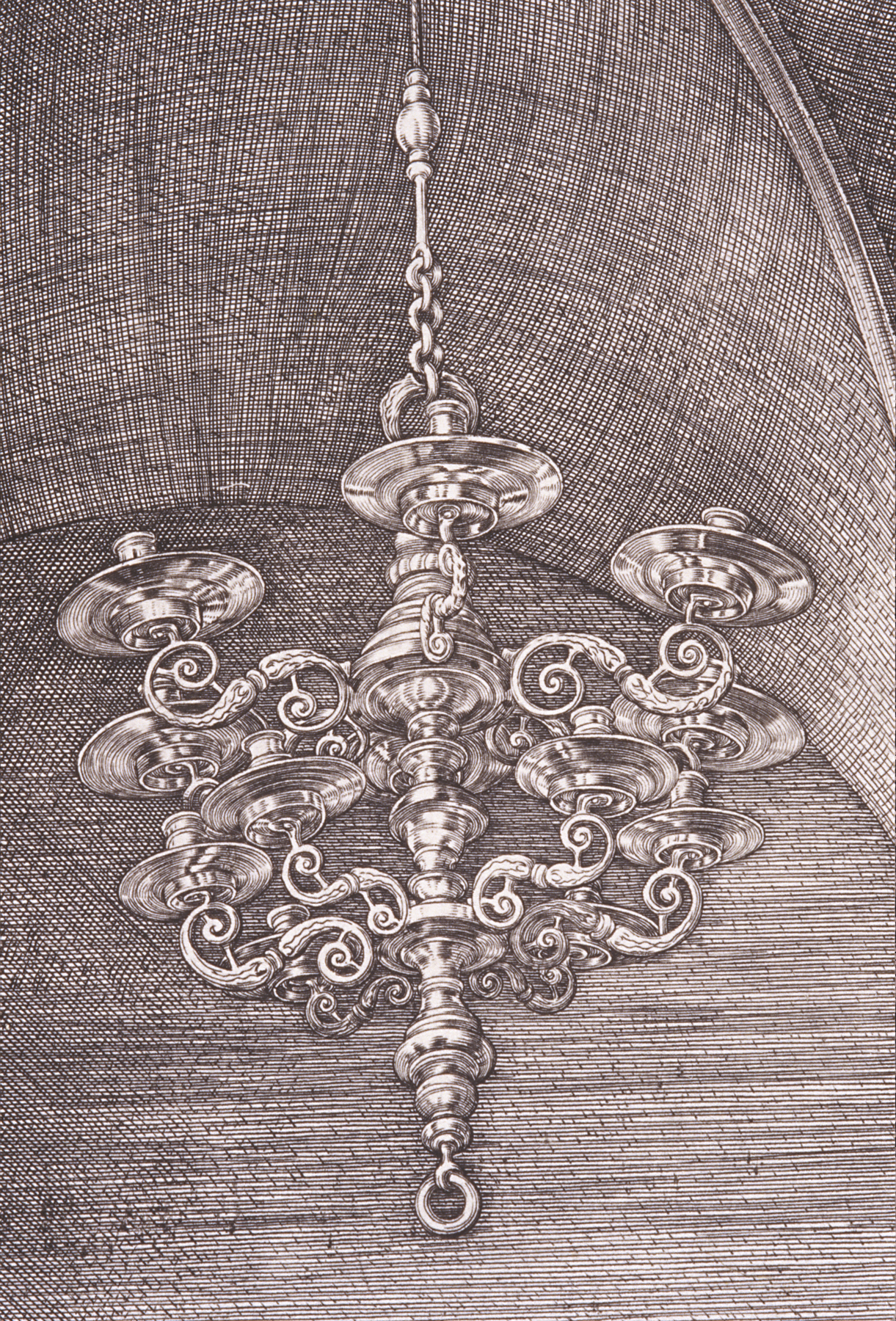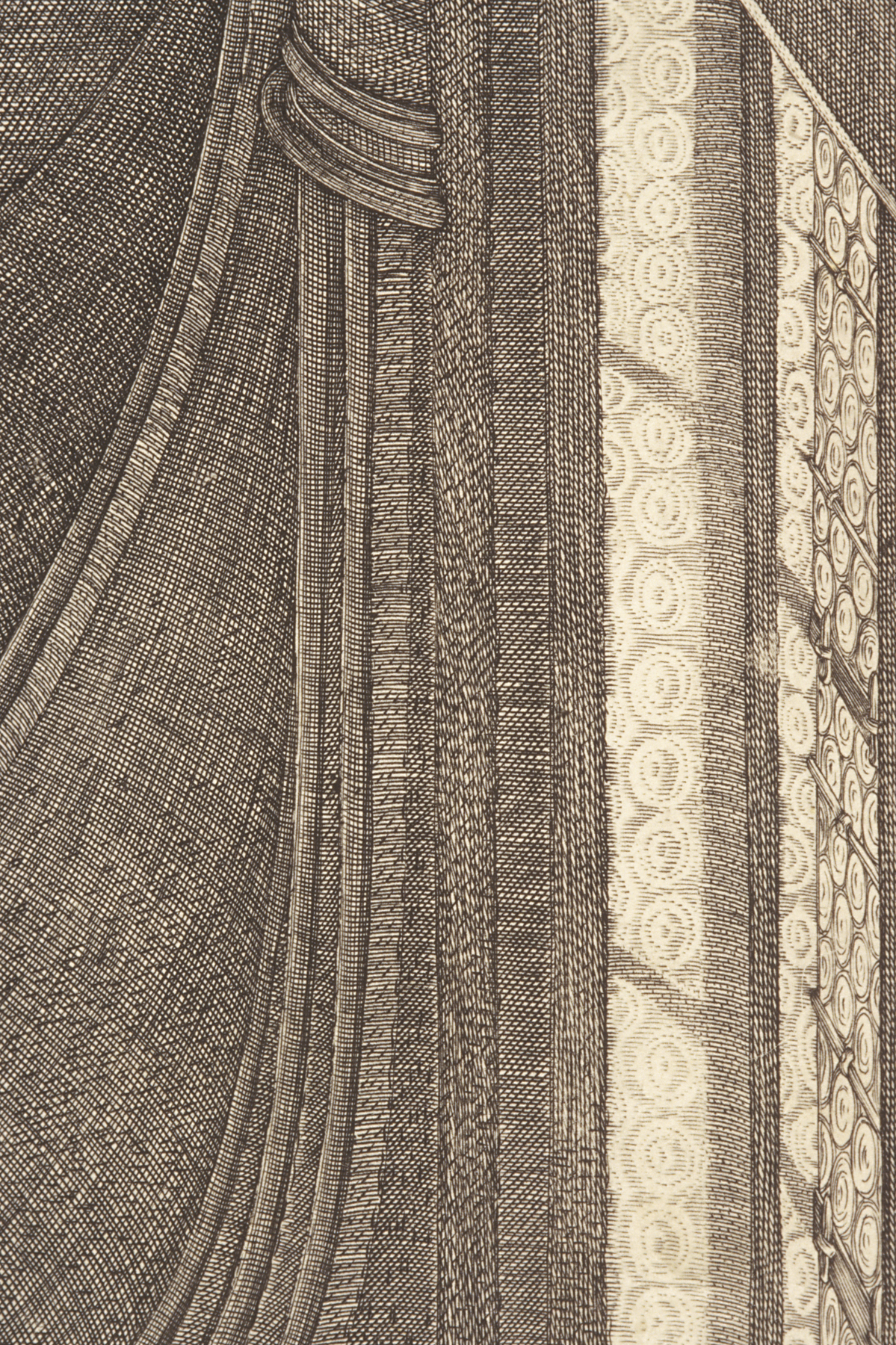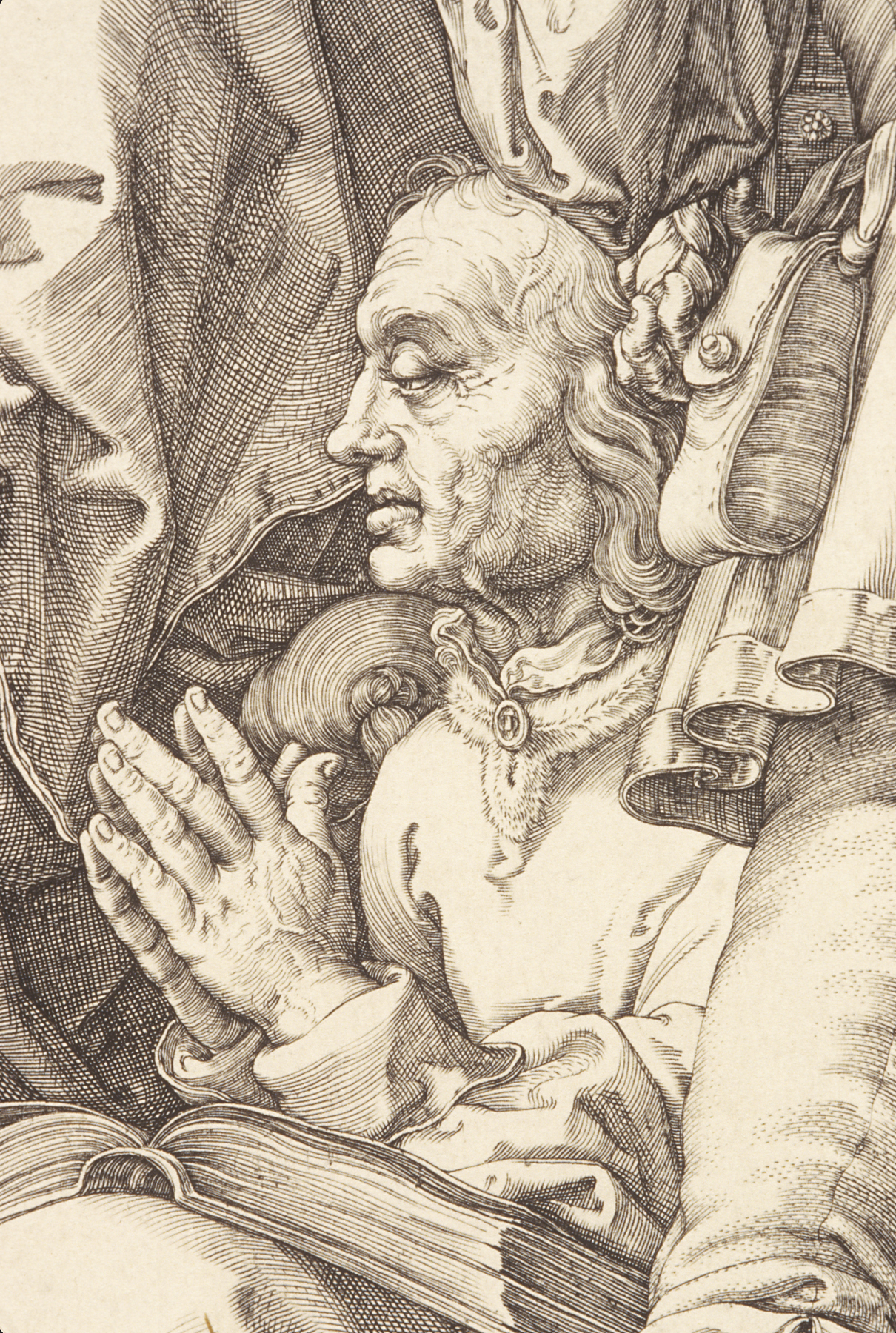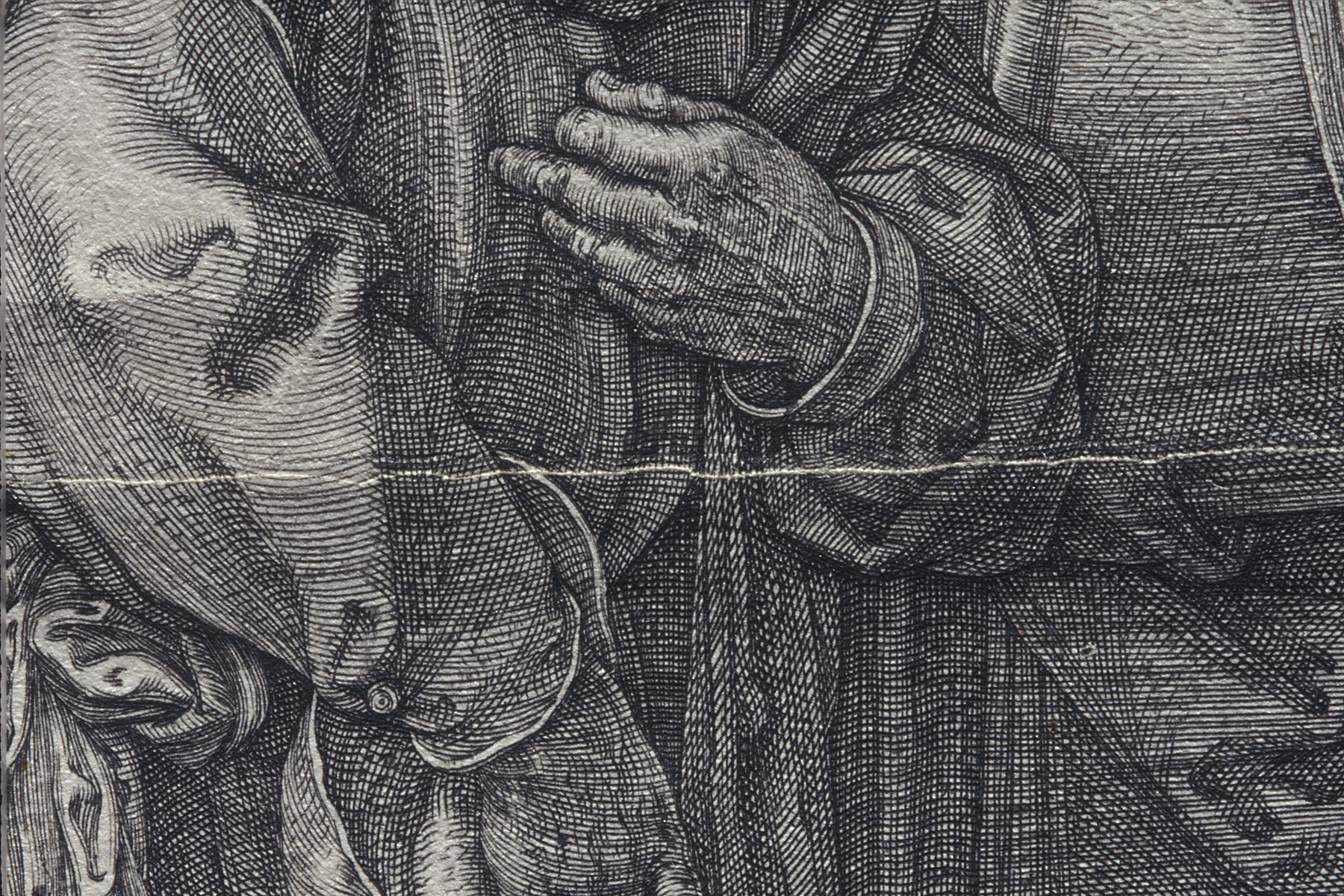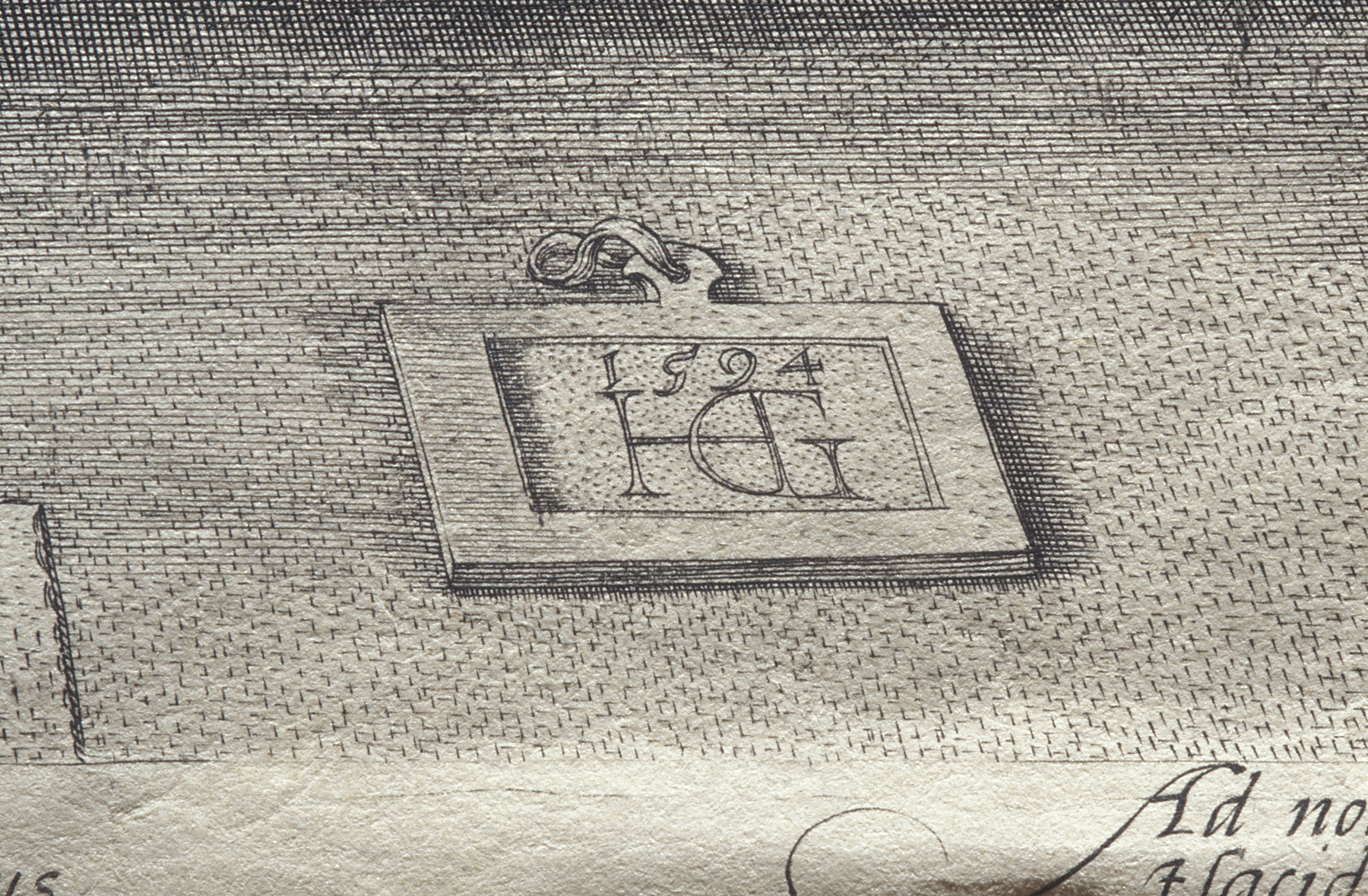The Circumcision of Christ, Hendrick Goltzius
Artwork Overview
Hendrick Goltzius, artist
1558–1617
The Circumcision of Christ,
1594
Portfolio/Series title: The Life of the Virgin
Where object was made: Netherlands
Material/technique: engraving
Dimensions:
Plate Mark/Block Dimensions (Height x Width): 473 x 352 mm
Plate Mark/Block Dimensions (Height x Width): 18 5/8 x 13 7/8 in
Mat Dimensions (Height x Width): 25 x 20 in
Plate Mark/Block Dimensions (Height x Width): 473 x 352 mm
Plate Mark/Block Dimensions (Height x Width): 18 5/8 x 13 7/8 in
Mat Dimensions (Height x Width): 25 x 20 in
Credit line: Museum purchase
Accession number: 1969.0005
Not on display
If you wish to reproduce this image, please submit an image request
